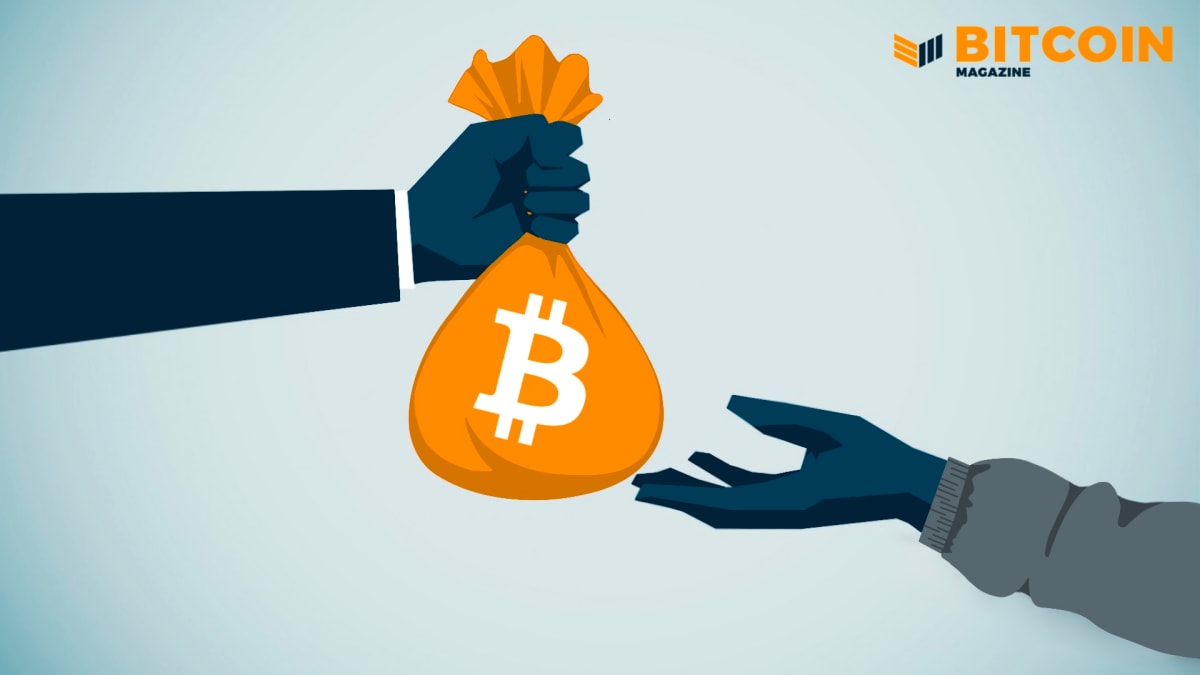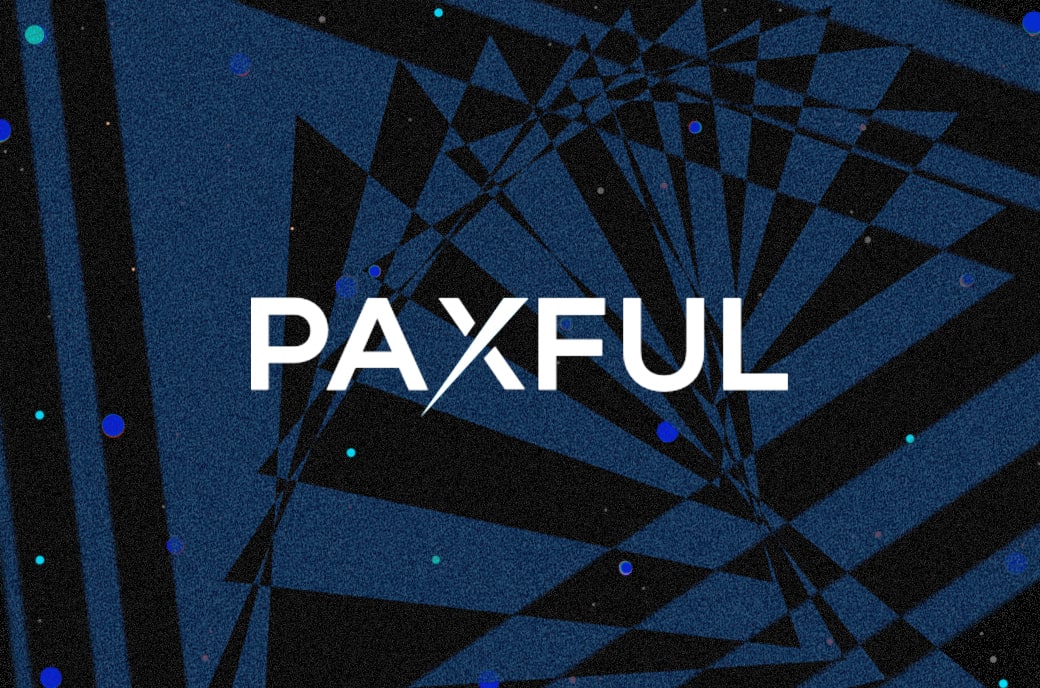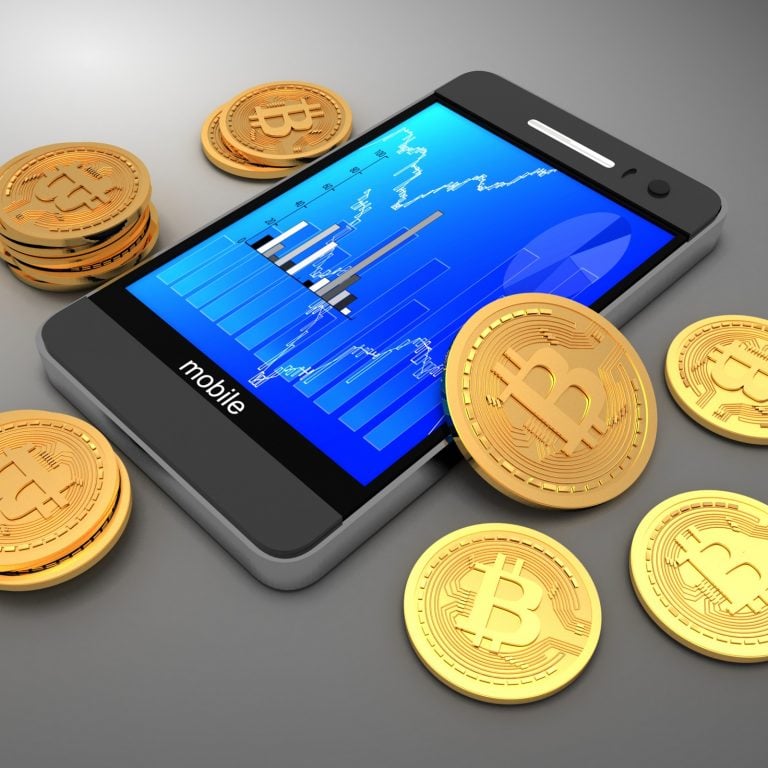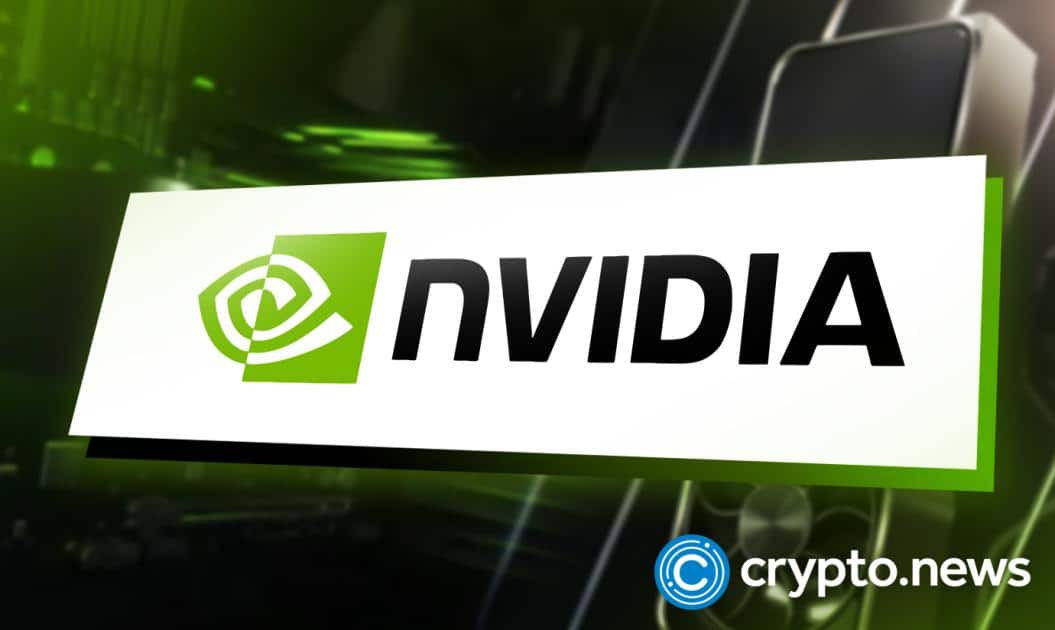2021-2-4 11:05 |
As more users join the Bitcoin revolution, it’s essential to set the standards of DeFi so that users use safe and secure decentralized finance-based apps and platforms to deposit their Bitcoin holdings. In order to get a look at how the financial services for digital assets such as Bitcoin operate, and to predict what will emerge next, the sector must first set the standards for DeFi platforms in 2021.
In 2020 we really saw the rise of decentralized finance and the rise of Bitcoin. Many compare the growth of DeFi apps and platforms to the early days of the Android and Apple stores and users are looking for the most rigorous, accountable and secure platforms today. Because similar to a bank, you want to trust who’s holding your cash.
Digital currency is here to stay and its survival is dependent upon community participation in an ecosystem that allows for users to maintain control over their own money, but also to help influence how that ecosystem grows to better protect us while also encouraging financial services of all kinds. To explore the power and potential of cross-chain money markets, I reached out to Brian Kerr, CEO and co-founder to the DeFi platform, Kava, about its growing popularity in what appears to be successful attempts at bridging the gaps that Ethereum’s ecosystem has left apparent.
Kava Labs is a developer of the Kava DeFi Platform, a blockchain solution providing DeFi services such as stable coins, collateralized loans, and money markets for crypto users across many blockchain networks. Kava’s platform enables individuals with digital assets to use them as collateral to receive loans. In other words, a primary use case for a lending facility to help provide users with the ability to get capital for leverage. The first app built on the Kava blockchain released Hard money markets in mid-October. It’s an application built on top of Kava’s blockchain enabling users to borrow or lend Bitcoin (BTC), XRP, Binance Coin (BNB), Binance USD (BUSD), and other top-performing collateral.
As Kava has continued to grow, it’s slowly started to refute its original comparison to MakerDAO, as it believes that analogy no longer does justice to what its platform actually does. “It’s much more than a cross-chain lending platform,” Kava CEO and co-founder Brian Kerr corrects.
“Just like Jeff Bezos started Amazon with only books, we were fine letting the meme’s run around and position Kava as only a cross-chain lending platform. However, like Amazon, behind the scenes, we’ve had a much grander plan for the platform that we’ve been diligently working on.”
So why does it seem that Kava implementing an “Apple-like” App Store is the future of DeFi, bridging the gap between Ethereum and DeFi? Let’s look at the current industry drawbacks:
Ethereum’s Yield Farming Fad
Compare it to the 400% APR history that the federal government mandates, except for one truth: Apple is already ahead of the curve. It sees what states are doing, implementing the 36% APR and it is being proactive, rather than reactive.
Kava is no different with what it’s implementing, purposely building the platform with the weaknesses of Ethereum in mind.
In my conversation with Kerr, he admitted that “DeFi yield farming or liquidity mining, is indeed seeing a huge influx of attention and participation,” adding that “efficiencies of these decentralized platforms and the subsidies given in the form of token rewards to participants offer yields unmatched in the traditional finance space. Because of the subsidies, we can safely predict the yields will decrease overtime as subsidies are removed. However, it’s still hard to know where in the DeFi hype cycle we are and how long the uptrend will continue.”
For this reason, implementing regular, consistent security checks and auditing mechanisms, as Apple does, makes it difficult for garbage apps to enter the ecosystem which could present a dangerous risk to user’s money and most importantly, trust in the DeFi system as a whole.
Building for the Long Run
Quality over quantity. Apple builds for the long-run. It doesn’t wait for law enforcement to come in; it makes those decisions ahead of time, regulating its ecosystem before lawmakers have the ability to weigh in.
Kava, often referred to as the “Uber of Bitcoin,” is also building for the long run, making it clear that protecting its users with stronger security and providing strong uber-like incentives. Kerr explained to me that Ethereum’s current architecture doesn’t meet the scaling and security needs of the DeFi sector. Specifically, Kerr believes that Ethereum’s native programming language, Solidity requires infinite levels of testing to achieve all outcomes.
Kerr shared that currently, Kava is building a new kind of layer-1 blockchain specifically designed to provide a perfect environment for novel financial applications.
“While we’re building for the long-term, already today Kava offers a fast, secure, and reliable blockchain for financial applications to run fully-equipped with cross-chain bridges, Chainlink Oracles, and a diverse and decentralized validator set. This infrastructure would take a normal development team, years and millions of dollars to create.”
But to what effect? Kerr elaborated and explained that this means “developers can make financial applications on Kava, quickly deploy them, and give users financial products capable of cross-chain transactions with virtually zero gas fees.”
Maintaining Security and Safety
Undoubtedly, Apple is much more secure and safe than Android, requiring several hoops for its app developers to jump through. Mirroring it, Kava’s code was written for speed and scale, running regular code audits. Indeed, any app built on Kava’s blockchain is mandated to do the same, following the ecosystem’s rigorous audit requirements.
“Whereas anyone might be operating a node on other networks, Kava’s blockchain is secured by big banks, financial institutions, and some of the largest cryptocurrency exchanges,” Kerr analyzes. “Kava has spent years building out its network of professional node operators to provide the best in class safety and network security.”
The Launch of Hard ProtocolHARD is the first cross-chain money market that’s doing everything that Compound and Aave do, with one major distinction: they serve BTC and XRP holders with DeFi services in addition to BNB.
Launched on October 15 as the first cross-chain DeFi market, HARD inherits the cross-chain functionalities while reaching a wider audience. Kava’s a native blockchain that isn’t dependent on the Ethereum blockchain but brings users security, speed and scale better than Ethereum’s network.
In its first month, HARD had $30M in value deposited into the application, securing HARD as one of the largest multi-chain DeFi applications, only second to Kava, after just one month.
Centralized Exchanges Explore DeFi Options
In recent months, various centralized exchanges have begun integrating DeFi protocols directly. BitMax is the first crypto trading platform to do so where the HARD protocol is concerned. Back in November, BitMax announced that it was integrating HARD protocol into its platform, which included the listing of the USDX and HARD tokens, both for trading, as well as use in the interest-earning pool services.
Back in November, Binance integrated the HARD protocol onto its Binance Launchpool, serving as the 7th project on the Launchpool platform. HARD’s money market provides interest-earning opportunities for suppliers of BTC, XRP, BNB, BUSD, KAVA, USDX, and HARD cryptocurrencies. For many of these assets, it will be the first time decentralized interest-earning opportunities will be made available to their communities.
“We’re quite surprised at the rate HARD is growing,” Kerr told NewsBTC. “It’s roughly $1M in new deposits every day over the past 30 days. We have over 2000 new users on the app that have contributed $40,000,000 in assets.”
By taking an Apple approach, it’s proof that ‘quality over quantity’ works. By the day, Apple becomes more of an example of what the cryptocurrency industry should be looking to, especially if DeFi continues to grow at the rate it is.
Kerr believes that with new asset types being added to HARD’s protocol on the horizon, and the current momentum of the market, he fully “expects HARD to grow considerably from here.”
What the industry can look forward to is the slow build as the DeFi ecosystem continues to grow and flourish, while Ethereum DeFi enthusiasts understand the hard-reality check ahead.
Similar to Notcoin - Blum - Airdrops In 2024
Bitcoin (BTC) на Currencies.ru
|
|
























